Reef Manta Ray Facts
- This magnificent ocean creature is most frequently referred to by its reasonably descriptive common name, that of the Reef Manta Ray. Scientists, however, typically refer to this marvel of Nature by its relatively simple scientific name. That’s the short term Mobula alfredi.
- Regardless of the name one chooses to use to refer to it, though, the amazing fish remains a fascinating species. That’s partly due to the fact that it presently constitutes the second-largest of all known rays. Only the aptly-named Giant Manta Ray surpasses it in sheer size.
- That status could change in the foreseeable future, however That’s because evidence leads some researchers to believe a presently unrecognized and even larger species potentially exists somewhere in the Caribbean. For the moment, though, its status remains unaltered.
- The first official scientific recognition of the animal as a separate and distinct species took place in the year 1868. One of the first, and in some minds greatest, of the zoologists of Australia, Johann Ludwig (Louis) Gerard Krefft, holds that particular distinction.
- Sadly, however, the population numbers of the Reef Manta Ray have plummeted in recent decades, due to overfishing. The IUCN, thus currently lists this marine marvel as Vulnerable. That status appears on the organization’s published Red List of Threatened Species.
- An ongoing threat to its continued existence is that of its popularity as a source of ingedients in traditional Chinese medicine. It must also, however, now be considered to be facing the same threat as other many species found around the world, that of ongoing climate change.
Related Articles
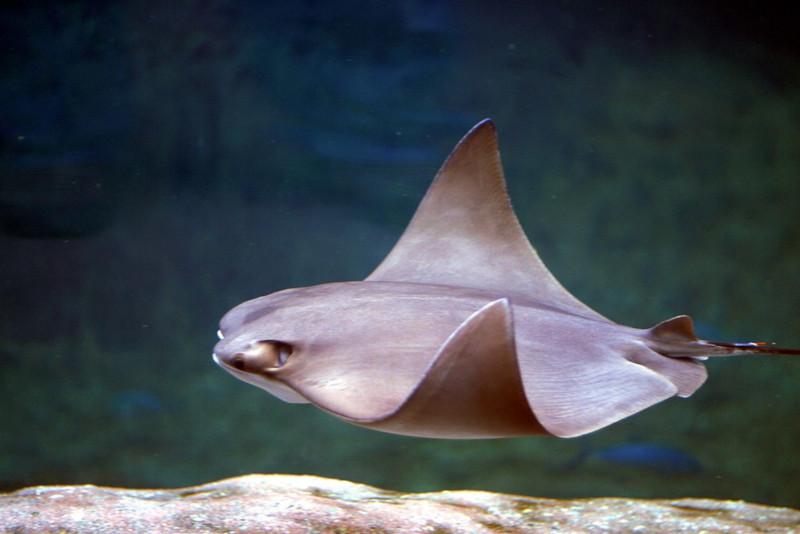
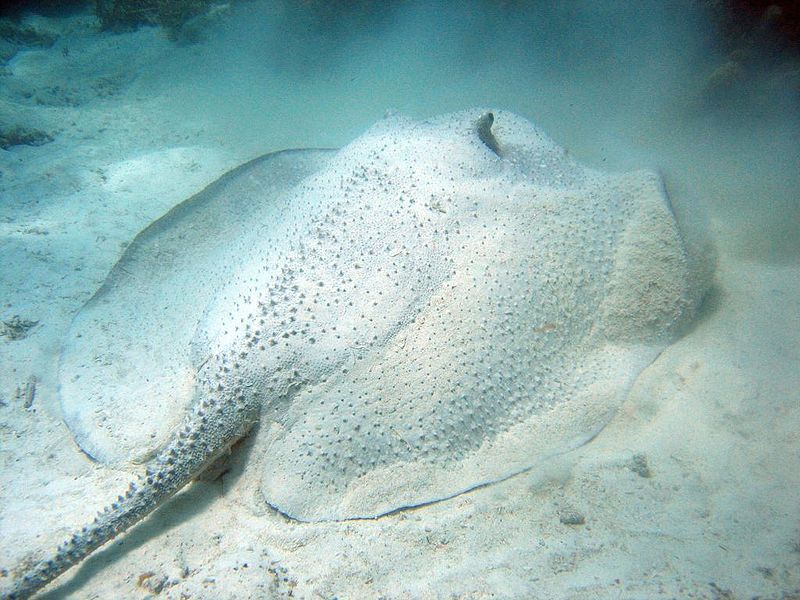
Porcupine Ray
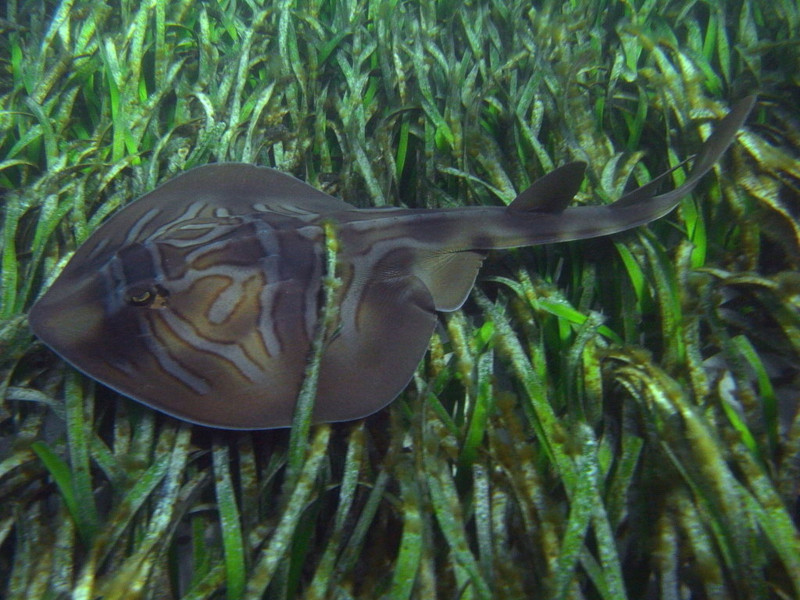
Reef Manta Ray Physical Description
Sheer size isn’t the only reason the remarkable Reef Manta Ray impresses the viewer, to be sure. That characteristic nevertheless bears mentioning in any discussion of the creature. It must be pointed out, however, that the observed sizes of noted individuals vary quite significantly.
That holds true due to the fact that, like many species around the world, this wonder of Nature displays only a moderate degree of the physiological characteristic of sexual dimorphism. In its specific case, though, that biological trait manifests itself only in terms of sheer physical size.
More specifically, females of this marvel tend to be slightly larger than the males of the species. The average width of adult females measures roughly 12.8 ft (3.9 m). The width of mature males, meanwhile, usually reaches the somewhat smaller measurement of roughly 9.8 ft (3.0 m).
Exceptional specimens of this marvelous ocean creature do occasionally occur, nonetheless, regardless of gender. To date, the largest reliably recorded width for a member of this remarkable species is 18 ft (5.5 m). But the vast majority of recorded specimens hold true to the average sizes.
In both sexes, however, the central disk of the body typically develops as around twice as long as it measures wide. The protruding pectoral fins serve to provide the animal with the distinctive wing-like shape. The animal also possesses a moderately long, and relatively slender, tail.
In coloring, individuals of the marvelous Reef Manta Ray generally displays a midnight blue to dark black coloring on the upper surface. It also shows a few whitish to grayish spots on the head. The underside of the extraordinary fish usually shows an off-white shade, with some dark spots.
- Kingdom: Animalia
- Phylum: Chordata
- Class: Chondrichthyes
- Order: Myliobatiformes
- Family: Mobulidae
- Genus: Mobula
- Species: M. alfredi
Reef Manta Ray Distribution, Habitat, and Ecology
Fortunately, both for the dazzling Reef Manta Ray, and for those of us who appreciate Nature, this wonder of evolution inhabits a relatively broad expanse of the globe. That’s because the impressive fish mainly inhabits fairly large parts of both the Indian Ocean and the Pacific Ocean.
A few scattered individuals, furthermore, also appear in the Atlantic Ocean. While such sightings there do occur, they remain rare and widely scattered. The majority of sightings happen off the coasts of Australia, South Africa, Japan, Hawaii, Thailand, and in sections of the Red Sea.
Wherever the captivating animal appears, though, it displays decidedly clear preferences in terms of its choice of habitat. The great majority of individuals make their home close to shore. In point of fact, they’re quite frequently observed swimming no more than a few miles from shore.
This pattern of behavior also holds true whether the individual or group appears in tropical or subtropical latitudes. Even there, however, it shows markedly clear favoritism. Due to those preferences, it’s most commonly spotted close to rocky reefs or coral, in either bays or atolls.
As a general principle, the mesmerizing Reef Manta Ray lives a solitary life. Exceptions to this tendency nonetheless do exist, however. Along with meeting for mating purposes, individuals often band together when feeding. That feeding also most frequently occurs during the afternoon.
Like related species around the world, this creature evolved as a filter feeder. It therefore filters sea water to consume large quantities of zooplankton. The species evolved as ovoviviparous, with gestation lasting 12 – 13 months. A typical lifespan, meanwhile, appears to be around 50 years.
Species Sharing Its Range

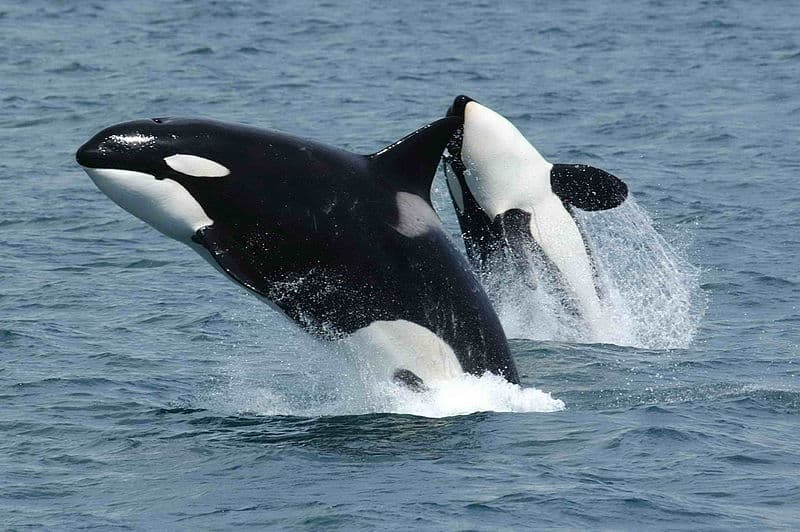
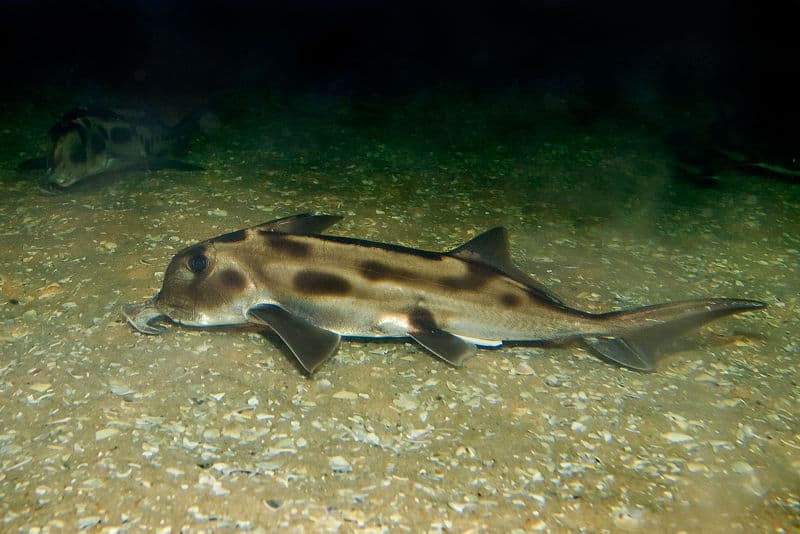
Check out our other articles on 4 Fabulous Central American Trees, Purple Frog, Postojna Cave, Kentia Palm, White-Nosed Coati, Sunflower Sea Star, Lord Howe Island, Gila Monster
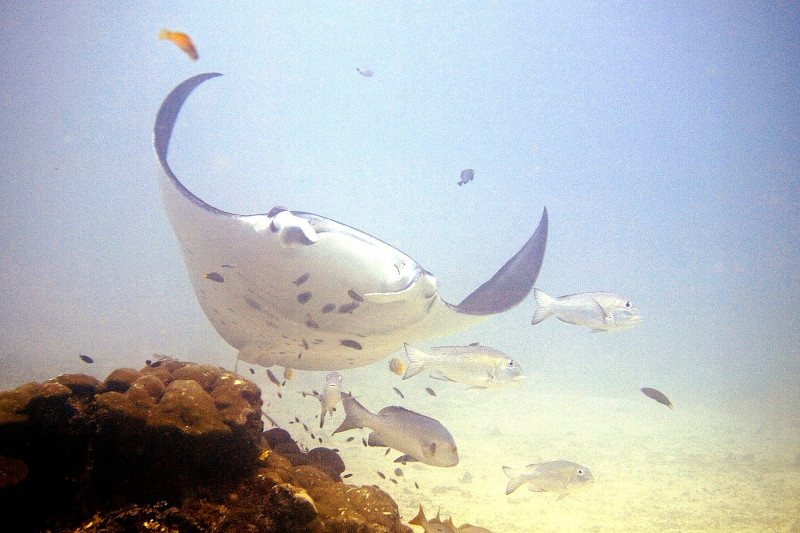
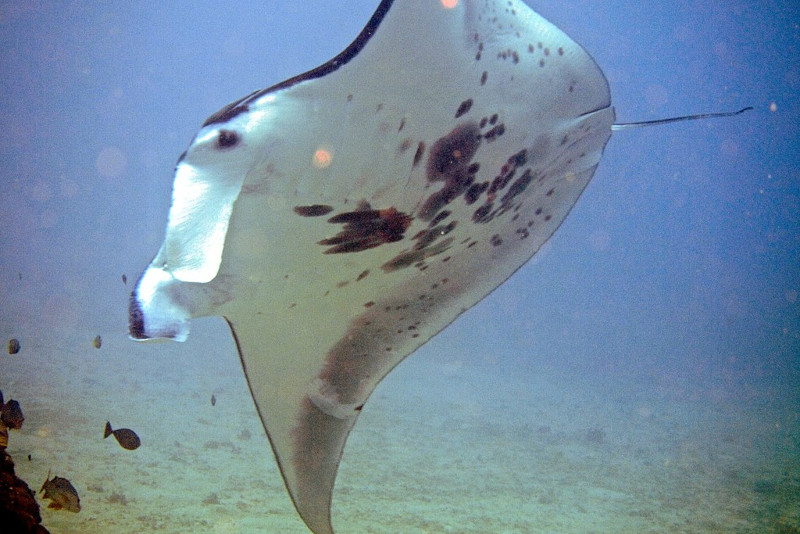
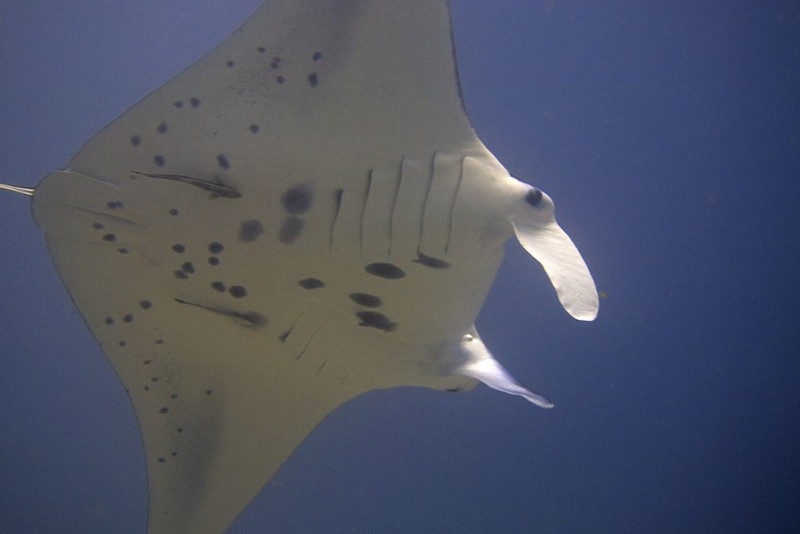









Leave a Reply